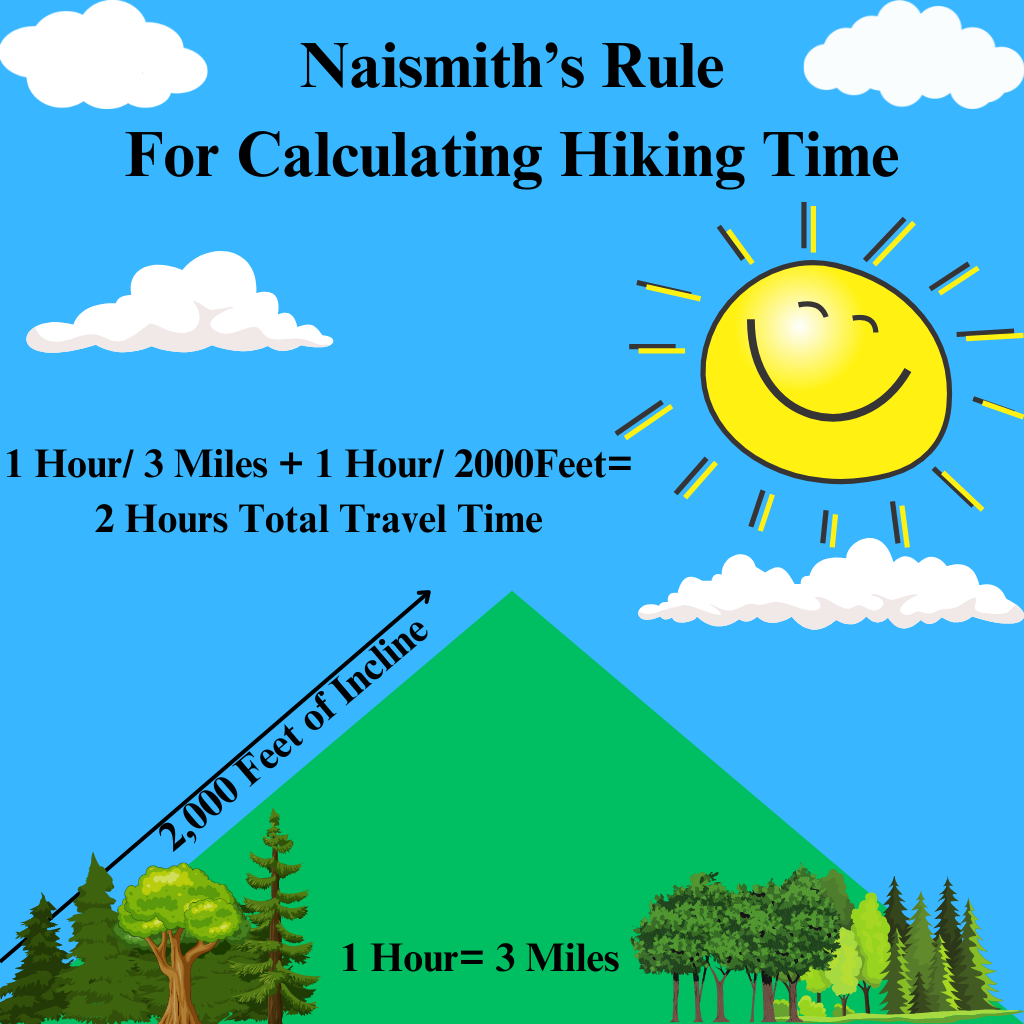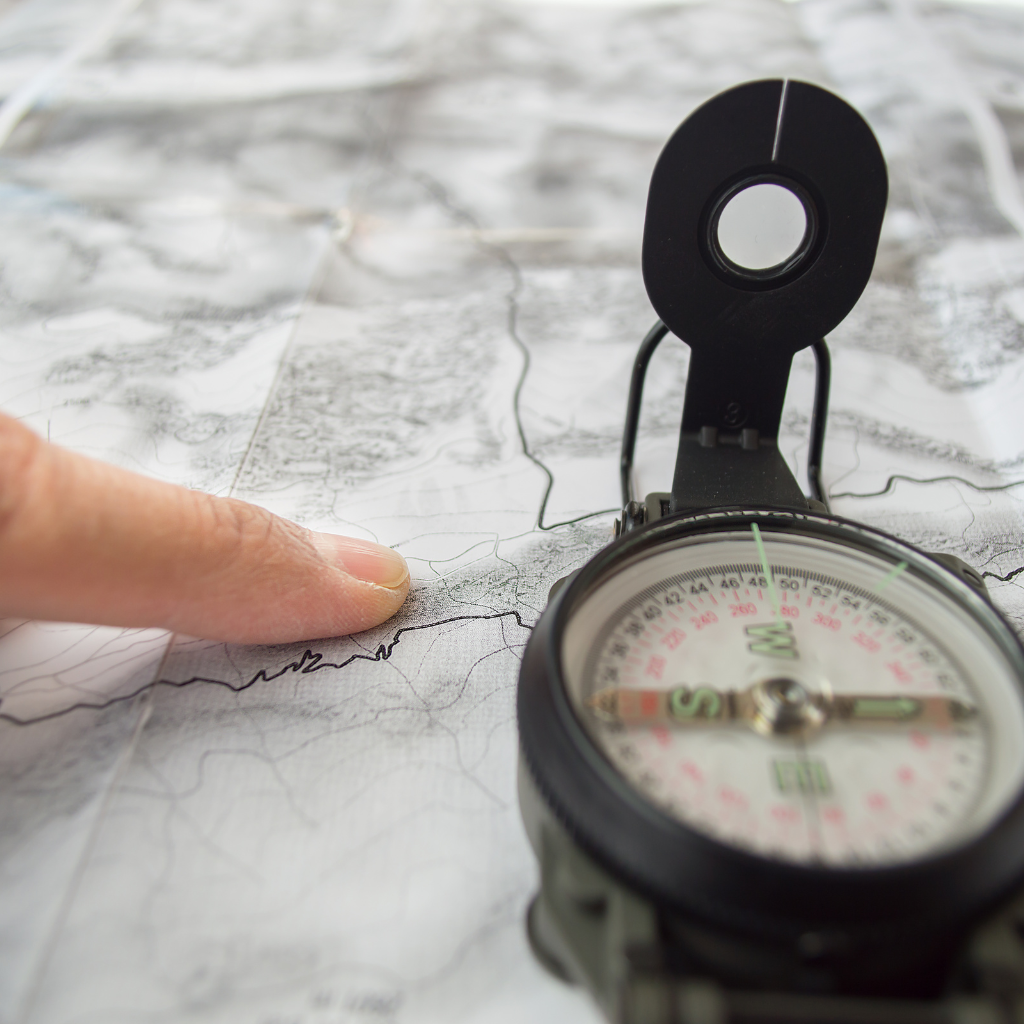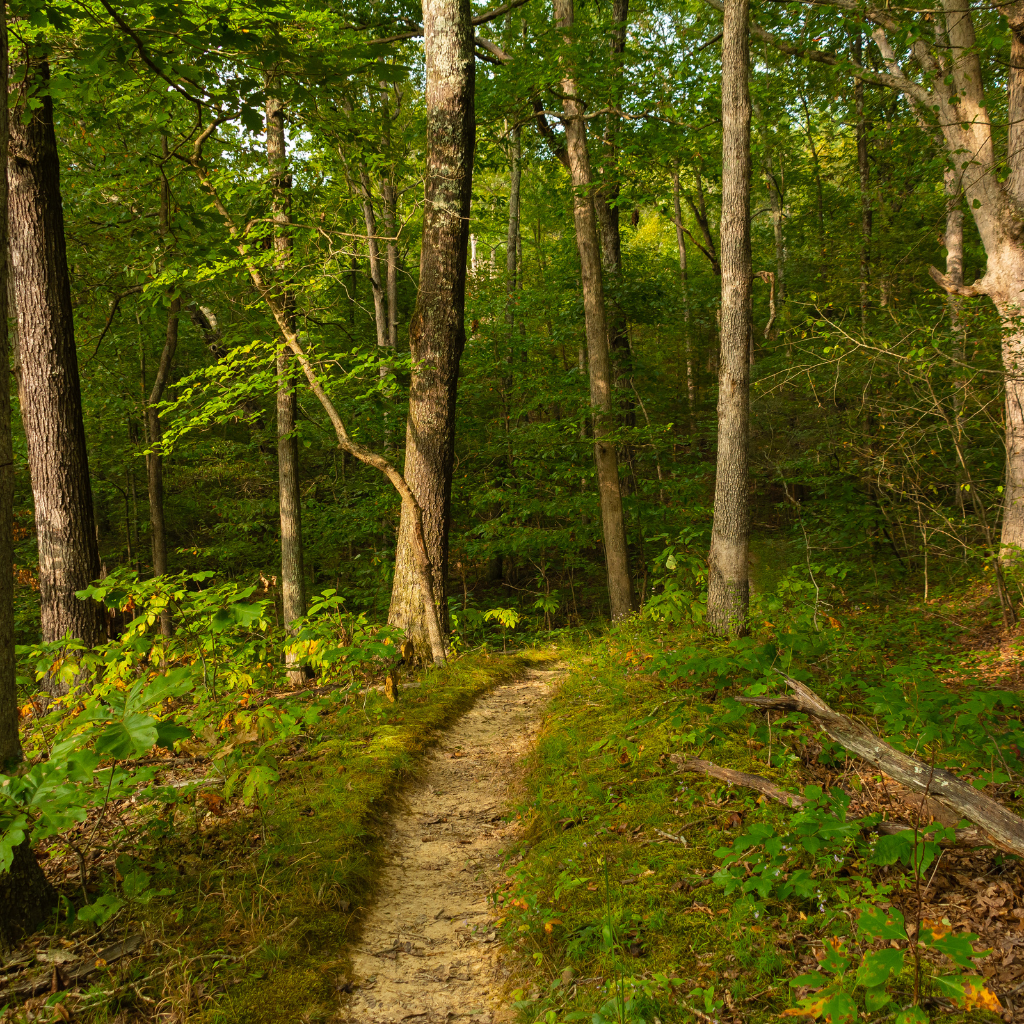How Long Does It Take To Hike A Mile: Average Estimate

Get Ready To Determine Your Hiking Time
You have prepared yourself and ready for your day hike! But are asking yourself how long does it take to hike a mile? Well, the amount of time it takes to cover a certain distance varies from person to person. And also depends on other factors such as fitness level, terrain, weather and elevation to name a few. The key to an enjoyable hike is knowing your own abilities and finding a pace that works for you. To accurately determine how long it will take to complete your hike, you should first calculate your average hiking speed, or the number of miles per hour (mph) you can cover on flat ground or on an average uphill/downhill gradient. This will give you a good estimate of how much time it will take for you to complete your trek.
In general, an experienced hiker at a fast walking speed can usually cover one mile in about 30 minutes. If you’re pushing yourself hard then this could be reduced down to 15-20 minutes per mile. But if you’re carrying heavy loads or walking up steep terrain then it may take closer to 45-50 minutes per mile.
When planning out your next hike, be sure to factor in these estimates. And adjust them according to any special conditions that might come into play during your day hike. Taking into consideration the type of terrain, weather conditions and any additional gear or supplies that you might have with you can all help make for an enjoyable hike!

Naismith’s Rule For Time To Hike A Mile
Naismith’s Rule is a well-known formula used for calculating hiking times that takes into account trail length and feet of elevation gain. It has been found to be effective in helping hikers plan their trips more accurately.
The core idea of this hiking time calculator is simple. The distance of a hike 3 miles should take the average person 1 hour. The average person can hike a mile in roughly 20 mins. Naismith’s Rule also tells us that we should add 1 hour of time for every 2,000 feet in elevation gain. Let’s put Naismith’s Rule to the test and look at a couple examples.
| Trail Name | Trail Length | Elevation Gain | Equation | Hike Time |
|---|---|---|---|---|
| Wonderland Trail | 1.3 Miles | 78 Feet | (20 mins*1.3) + (1 hr/ 78 feet) | 27 Minutes |
| Gorham Mountain Trail | 1.6 Miles | 429 Feet | (20 mins*1.6 miles) + (1hr/429 feet) | 43 Minutes |
If you have already ready my post about how much water you need to bring hiking then you already know that both those hikes take me longer what Naismith’s Rule tells us. That is because my hiking pace is slower than your average hiker. I will cover how to find your hiking pace in the next section. In the meantime, back to Naismith’s Rule.
In addition to providing a more accurate way to calculate hiking times, Naismith’s Rule can also help with making sure that hikers are adequately prepared for their trips. Since it takes into account terrain and elevation changes. Hikers can better anticipate how much energy and supplies they will need for their hikes and plan accordingly.
Overall, Naismith’s Rule is an great tool for any hiker wanting to know how long it will take them to complete their day hike. As well as having them prepared for whatever might come their way!

Calculating Your Hiking Speed
Your base hiking speed is something you are going to use all the time when calculating hiking time for yourself. To calculate your base hiking speed, you’ll first need to find a beginners hiking trail with flat terrain that’s at least a mile long. I use one of the local land trust trails for this and I also wear my backpack with whatever gear I normally take in it so my base speed has my pack weight included. Yes, wearing your backpack gives you a more accurate base hiking pace.
Next, noting your hiking time. You can do this by turning on the stopwatch on your phone. Or you can use a hiking app for your phone like my favorite Alltrails. Alltrails will actually tell you your average pace, however it does require a yearly subscription. Back to the stopwatch method. Once you have your time, simply divide it by the number of miles walked to get your average speed in miles per hour (mph). For example: if it takes you 51 minutes or 0.85. (51 minutes/60minutes) to walk 1.7 miles, then your average speed is 2 mph (1.7/0.85=2). Your base hiking speed is an important benchmark to track as you progress in your hiking season. Because it will help you identify what kind of terrain and distance goals are realistic for you.
A great way to help track your progress is to check your base hiking speed a few times throughout your hiking season. I always check mine first thing in the spring, mid summer and in late fall.

Calculation Of How Long Does It Take To Hike A Mile
Now that we have calculated your hiking speed with your pack weight and on flat terrain we can calculate how long it does take to hike a mile. Based on above we know that I hike at 2mph. To calculate how long it does take for me to hike a mile it would look like this. 1hr/2mph=0.5 which is 30 minutes.
Let’s look at our example hikes and see how long does it take to hike a mile. First we will look at each trail with my base hiking speed in it.
| Trail Name | Trail Length | Elevation Gain | Equation | Hike Time |
|---|---|---|---|---|
| Wonderland Trail | 1.3 Miles | 78 Feet | ( 30mins*1.3) + (1 hr/ 78 feet) | 39 Minutes |
| Gorham Mountain Trail | 1.6 Miles | 429 Feet | (30 mins*1.6 miles) + (1hr/429 feet) | 60 Minutes |
Let’s start with Wonderland Trail, 39 mins/1.3 miles= 30 minutes per mile which is my base so that is great! Gorham Mountain Trail is going to be higher partly due to the steep inclines, trail conditions like rough terrain and that I had to bring more water which meant carrying a heavy pack. 60 mins/1.6 miles=37.5 minutes per mile.

Other Factors To Consider When Determining How Long It Takes To Hike A Mile
When it comes to calculating your hiking time, there are several other important factors to consider. For longer hikes, it’s crucial to pay attention not only to the distance but also to the elevation changes. Higher elevations may pose additional challenges. They can require more frequent breaks and a slower pace due to the necessary adjustment to the altitude. It’s also worth noting that the type of terrain, weather conditions, and individual fitness level can further influence your hiking time. Taking these factors into account will help you plan and prepare for a safe and enjoyable hiking experience.
Hiker Experience
Hiker experience level has a big effect on how long it takes to complete a hike. A novice hiker is likely to take much more time to navigate the terrain and adjust to the physical demands of hiking. An experienced hiker, however, will be familiar with the terrain. And have better endurance, so their hiking time will be faster than that of a beginner hikers. Additionally, an experienced hiker may know ways to reduce their hiking time. Such as bringing along less weight in their backpack or finding alternate routes.
It’s important for hikers of all skill levels to understand the various factors that can affect their overall hike time. From elevation changes in the terrain to temperature fluctuations. This way they can plan accordingly and ensure they are able to reach their destination within an appropriate timeframe. I always recommend that beginner hikers add some extra time to there rough estimate of completion time. This is an especially good idea after heavy rain as the trail can become slick and very muddy.

Hiker Fitness Level
If you don’t want to take the time to figure out your own base hiking speed you can just use the average time from below. Hikers often forget to factor in their fitness level when deciding how long it will take them to hike a mile. While some experienced hikers may be able to do it in as little as 15 minutes, the average person or beginner hiker should plan for at least 30 minutes for each mile. To ensure you can meet your hiking goals, commit yourself to increasing your strength and stamina. This could include things like going on daily walks or taking up a weight routine. With additional practice and training, you may find that you’re able to travel much farther than you thought possible and save time on hikes. Or at least stop and enjoy the view for longer periods of time!
Pack Weight
I recommend finding your base hiking time with your pack on for a reason. It is the best way to get a more accurate time. My backpack tends to be on the heavy side, weighing in between 10-15 pounds, sometimes more if I will be hiking the entire day. Your pack might not weigh as much as my heavy backpack. Remember, when I hike with Alex he carries all the camera equipment and I take all the water and safety gear. When I am hiking with anyone else I then have all my camera equipment plus water. This is another reason my base time is on the slower side.
Hiking with a lighter pack load can drastically reduce the time it takes to complete your journey. Going with a simpler day hike setup that has fewer items, or opting for lighter versions of necessary gear can save hours in the long run. Go for a day hike through the summer months without being weighed down and see how much faster you can make your way from point A to point B. It might take some practice initially to get comfortable packing and carrying less, but once you do you’ll be able to move more quickly and with greater ease.

Final Thought On How Long Does it Take To Hike A Mile
So, how long does it take to hike a mile? As you have seen you must consider different factors when determining the hike time for your upcoming hikes. So of the factors are your level of fitness and how many rest breaks you take, as well as the length of the hike you are doing. As your hiking season progresses, you will gain more endurance which makes hiking faster and easier. Therefore, it is important to remember that the amount of time taken for each mile may fluctuate throughout the season.







